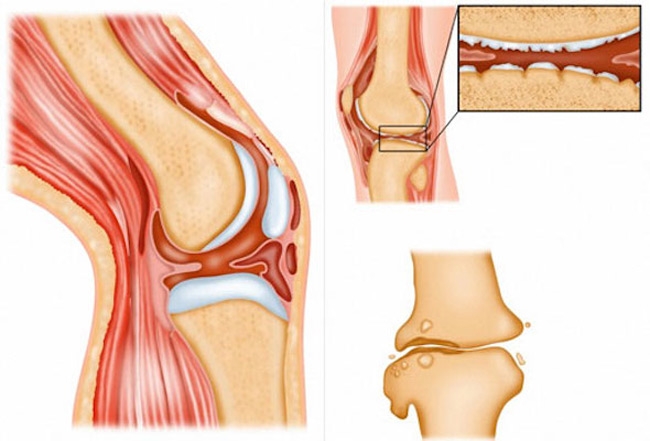
Chondromalacia Patellae is popularly known as ‘Runner’s Knee’. It is a condition where the cartilage on the undersurface of the kneecap (patella) deteriorates and softens. It is often characterized by a severe pain in the front of the knee (anterior knee pain). It is often visualized as an overuse injury in sports. It is one of the most popular and common causes of chronic knee pain. Get a proper treatment from professional physiotherapist at PAL Physiotherapy who give an effective knee pain treatment in Gurgaon.
The disorder is usually seen as a result of degeneration of cartilage due to poor alignment of the kneecap (patella) as it slides over the lower end of the thigh bone (femur). Some texts refer to this process as patellofemoral syndrome.
The cartilage found under the kneecap of the human body is a natural shock absorber by feature. Extreme overuse or an injury can cause an increased deterioration and breakdown of this cartilage. As a result of injury or overuse, the cartilage does not remain smooth anymore making it extremely painful for the patient to move the knee.
The condition is most commonly diagnosed among young, athletic individuals. However, it may also occur in older adults suffering from arthritis of the knee.
One of the most common causes of Chondromalacia Patellae is an acute injury of the knee. The other possible causes of the condition are -
The most prominent symptom of the condition is a vague discomfort of the inner knee area. This intensifies as the patient gets involved in a demanding activity such as activity running, jumping and climbing.
The other symptoms of the condition are -
The diagnosis of Chondromalacia Patellae usually begins with the doctor carefully examining the areas of swelling or tenderness in the knee area, as reported by the patient.
The doctor may also check how the kneecap of the patient aligns with the thigh bone. A misalignment is taken as an indicator of Chondromalacia Patellae. The doctor may deliberately apply a significant amount of resistive pressure on the extended kneecap of the patient to determine the tenderness and severity of the condition. If this does not give any decent leads, the doctor may even suggest you get some or all of these tests done -
Physiotherapy has been increasingly been suggested as an effective and lasting treatment for Chondromalacia Knee in Gurgaon. The Primary goal of treatment of this disorder is to reduce the pressure on the kneecap of the patient along with the adjoining joints.
Proper and consistent resting, stabilizing, and icing of the affected joints is generally one of the first steps for treatment. Moreover, the affected cartilage is often seen to repair itself if the patient takes proper rest and avoids any further stress on the area. The damage goes away with time.
In Acute inflammatory stage Physiotherapy treatment includes; Ultrasound Therapy, Class 4 Laser Therapy, Muscle Stimulation Therapy, Ice Application.
Physical therapy’s approach towards the treatment generally focuses on strengthening the quadriceps of the patient along with hamstrings, adductors, and abductors. This helps improve the muscle strength and balance. Besides that, muscle balance helps prevent any further misalignment of the knees. It is found that Dry Needling Release of vastus Lateralis is very beneficial.
A lot of exercises have been designed exclusively for the patients to alleviate the symptoms. The patient must describe all the symptoms to the physiotherapist in detail, so as to develop a customized treatment plan. The most commonly suggested exercises for the disorder are non-weight-bearing exercises of the sort of swimming and riding a stationary bike.
Apart from that, isometric exercises that involving the tightening and releasing of the muscles of the patient can help a lot to maintain muscle mass.
The disorder often develops without any noticeable swelling or bruising. A majority of the patients benefit a lot from rest and subscription to an appropriate physical therapy program. Inflammation should be allowed to subside by itself while avoiding irritating activities for several weeks. This is to be followed by a gradual resumption.
